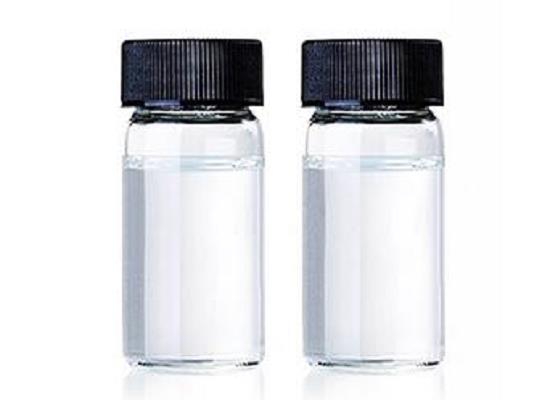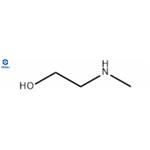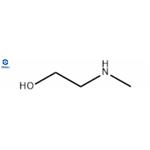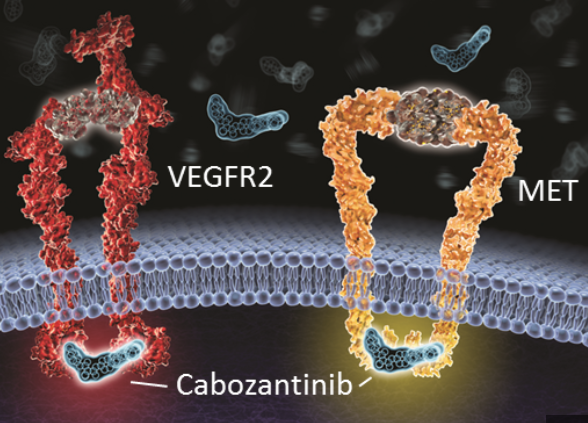2-Methylaminoethanol: Applications and Toxicity Summary
General Description
2-Methylaminoethanol, also known as N-Methylethanolamine, is an organic compound characterised by the presence of both amino and hydroxyl functional groups on the ethyl skeleton, which can be used in a wide range of chemical reaction systems. 2-Methylaminoethanol is mainly used as an intermediate in the synthesis of other organic substances and polymers.

Figure 1. 2-Methylaminoethanol
Applications
2-Methylaminoethanol is widely used in the fields of organic chemicals, pharmaceuticals, textiles, paints, personal care and electronics industries. Major applications include:
Organic synthesis intermediates
Automotive electrostatic coatings
Textile lubricants
Polishes
pH regulators
Semiconductor and photovoltaic reagents
Acid gas scrubbing
Solvents for carbon dioxide removal
Pharmaceutical intermediates (for the preparation of Abemaciclib)
Personal care products
In addition, the rat pituitary extracts catalyze methylation of phosphatidylethanolamine to phosphatidylcholine using S-adenosyl-L-methionine as the methyl donor. In vitro incubation of hemipituitaries with 1 mM 2-methylaminoethanol led to a dose dependent decrease in phosphatidylethanolamine methyltransferase activity as well as the incorporation of the radioactivity from [3H-methyl]-L-methionine into phosphatidyl-choline. The inhibitory effect of 2-methylaminoethanol was selective for phospholipids methylation since protein carboxymethyltransferase and catechol-o-methyltransferase activities were not affected.
Toxicity Summary
2-Methylaminoethanol is toxic to human health. A patient exposed to 2-Methylaminoethanol has been reported to have prolonged haematuria, pathological liver function tests and multiple cutaneous warts. In vitro experiments have also shown the substance to be irritating to skin, eyes and mucous membranes; it is not maternally or embryotoxic to rats. It was not mutagenic in S. typhimurium TA 1535, TA 1537, TA 98, and TA 100 with or without metabolic activation. 2-Methylaminoethanol exposure caused symptoms such as skin pain, redness, blisters, and even skin burns. Inhalation may manifest as a sore throat, cough, burning sensation, shortness of breath, and difficulty breathing. Symptoms may be delayed. Ingestion is toxic with burning sensation, abdominal pain, and severe shock or collapse.
References:
[1] G. BINCZAK. Investigations of carbon dioxide absorption into aqueous potassium carbonate solutions containing primary and secondary alkanolamines[J]. Chemical and Process Engineering-Inzynieria Chemiczna I Procesowa, 2016, 37 1: 83-95. DOI:10.1515/CPE-2016-0009.[2] C PRASAD R M E. Regulation of phosphatidylcholine biosynthesis by the methylation pathway in rat pituitary gland.[J]. Hormone and Metabolic Research, 1984, 16 8. DOI:10.1055/s-2007-1014809.
You may like
See also
Lastest Price from 2-Methylaminoethanol manufacturers

US $0.00-0.00/kg2025-12-08
- CAS:
- 109-83-1
- Min. Order:
- 1kg
- Purity:
- 98%
- Supply Ability:
- 1000kg

US $0.00-0.00/kg2025-12-08
- CAS:
- 109-83-1
- Min. Order:
- 1kg
- Purity:
- 98%
- Supply Ability:
- 1000kg


